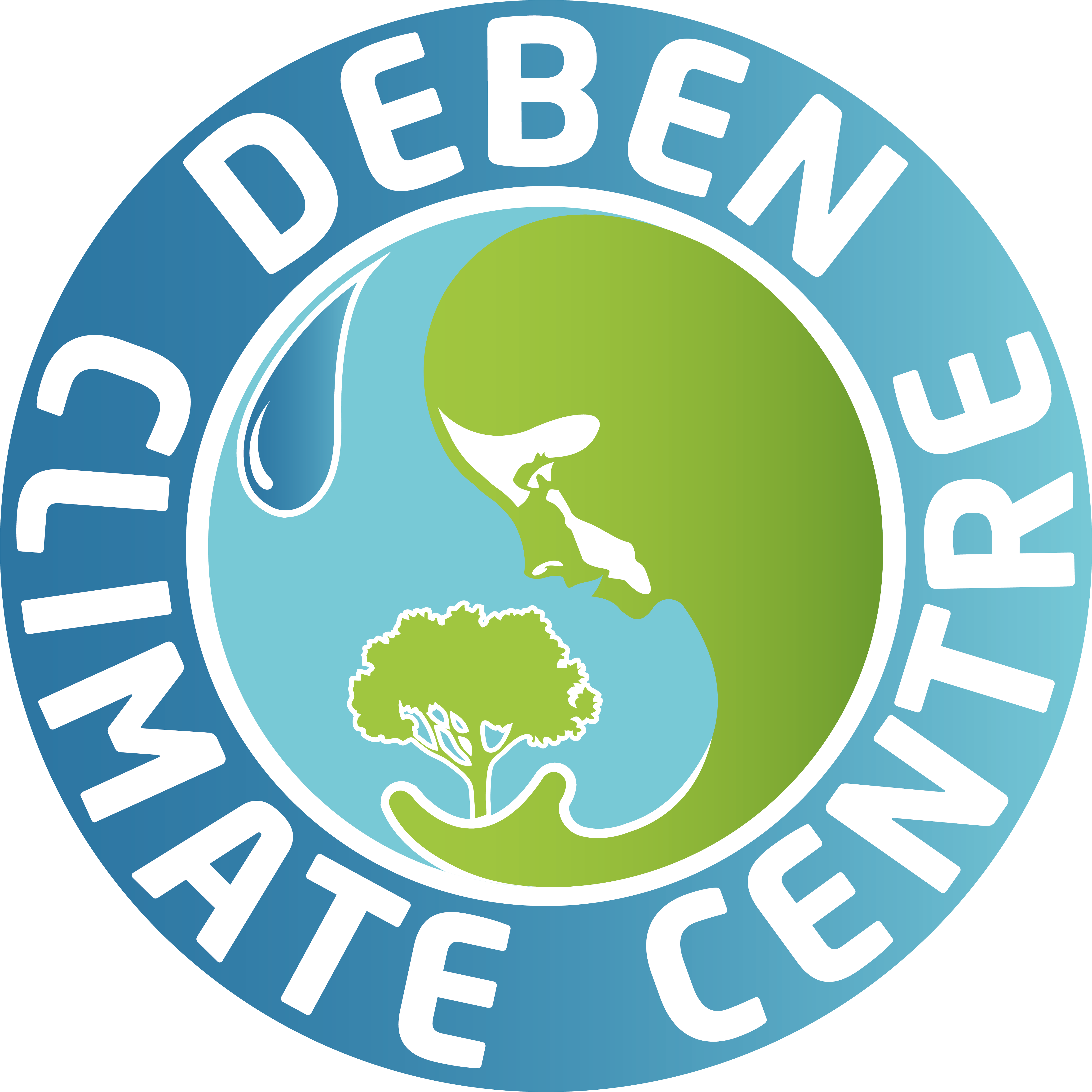2nd June 2025 River Deben Environment Monitoring Results
- Deben Climate Centre

- Jun 5
- 4 min read
Updated: Nov 7

After a record dry Spring and early Summer with very little rain (only 15 -20 mm of rain has fallen since late February according to one local landowner), river levels are probably at a record low and we were unable to take samples at a number of locations. This photo shows the dry stream bed at Charsfield Bridge - about 200m above the Anglain Water STW outfall - someone has mown the grass and there is no sign of any water!
We added two new sampling sites in the area above Brandeston, giving us almost full coverage of the non-tidal Deben and its tributaries. I have included the key findings with comment here but there is now a lot more test result detail on our Deben Water Quality Tableau website, where we now have over 18 months data allowing you to look at trends for the catchment and specific sites.
1. E.coli - as in May, E.coli levels for most of River Deben were very low, except in the usual hotpots at and below the Anglian Water STW’s. However in the River Fynn and at Debenham, the downstream impact from STW’s combined with very low flows made E.coli levels higher than recently. We were unable to take samples at several locations notably in Charsfield, Framsden and at Debenham.
Charsfield STW and its downstream locations usually show high levels of E.coli, so the very low numbers this month are against all previous findings here; both nitrate and ammonia were present so it seems clear that the STW was operating. This will need further investigation to see if this is a one-off finding.


2. Phosphate - The phosphate picture is more complex this month due to very low river levels and also to the impact of STW’s where there has been no phosphate reduction investment by Anglian Water.
Phosphate levels across the River Deben itself were low between Crettingham and Ufford, away from the two STW’s at Easton and Rendlesham, mostly showing levels within the Natural England 0.1 mg/ litre target. By contrast, the Rivers Fynn and Lark showed raised phosphate concentrations due, we suggest, to the fact that the STW’s here are small, inefficient and have had no investment in phosphate reduction. At Debenham, the raised levels are more likely due to very low water levels leading to excess concentrations of minerals. The latter is borne out by our findings on Electrical Conductivity and Turbidity at these locations.
For the second month, the Wickham Market STW phosphate reading is just above its permitted phosphate output; this will be flagged with the Environment Agency and Anglian Water.


3. Turbidity and Water Quality - this chart shows the dramatic effect of very low flows and higher concentrations of minerals resulting from this, coupled with the effect of warm weather. This is almost exclusively affecting Debenham and the source water near Aspall, where turbidity spikes. Lower down the river, the water is much clearer although our Electrical Conductivity readings were generally higher this month than in the previous 3 months.

4. Impact of Very Low Flow and Warm Weather - our samplers and local landowners have reported that the river appears to have a more brackish and brown coloration this month although the water still appears clear. Looking at this in more detail, we have identified after advice from the Environment Agency, that this effect is caused by high levels of algal growth. When combined with silt particles, this growth coats the riverbed and the weeds with a green/brown layer which at first sight may look to some like sewage fungus.
The photo below, taken at Brandeston Ford, shows strands of weed coated in algae. Similar weed was found all along the river especially where the water is open to sunlight, which creates the conditions for fast algal growth.

We are grateful to John Findlay from the Environment Agency for his explanation of what is happening here:
"That’s algae, likely predominantly the wiry Cladophora glomerata/Rhizoclonium heiroglyphicum species pair. It develops a slimy feel as it tends to become covered with a film of silt and bacteria. It isn’t good news as it will blanket the riverbed, changing the available habitat and potentially restricting the flow of water and thus oxygen into the riverbed. It is however a natural or semi-natural occurrence in sunny, low flow conditions as such conditions concentrate nutrients and mean the algae is likely to be growing in clear shallow water and so getting plenty of light. Reductions in flows due to abstraction, increased nutrient loads from anthropogenic sources and unusually warm dry weather because of climate change all have the potential to increase the extent of algal growth and the bacterial films that cover it. The algae will likely die back later in the year."
5. Deben Water Quality Tableau Dashboard - further work has now been completed to add Deben Climate Centre water quality data from the whole of 2024 into the Dashboard. Our policy is to enable “open access” to all the data, so allowing wider understanding of what is happening in the Deben.





Comments